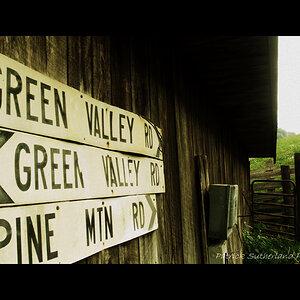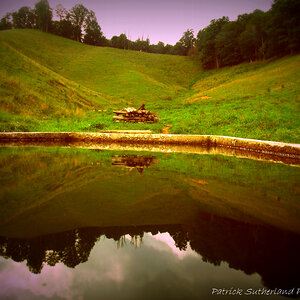Hovik
TPF Noob!
- Joined
- Oct 6, 2009
- Messages
- 32
- Reaction score
- 0
- Location
- NYC
- Website
- www.drivingforceclub.com
- Can others edit my Photos
- Photos OK to edit
Hi guys, these aren't really visible unless zoomed in, but it annoys me when I'm spending hours editing those photos. Any idea why this happens?
I use about 4 light sources to take those photos, camera is T2i with 24-70 2.8L
Thanks!

I use about 4 light sources to take those photos, camera is T2i with 24-70 2.8L
Thanks!














![[No title]](/data/xfmg/thumbnail/37/37605-90c8efaef5b7d1f52d4bf8e7dfd33673.jpg?1619738148)